Spices are among the most vital components of your pantry, regardless of how or what you prepare. They can be used to flavor anything you have on hand quickly and effectively. Spices give our food more taste and color, making for a more satisfying meal.
Spices are strong phytochemical-rich plant parts. These phytochemicals can be antibacterial, antifungal, anti-inflammatory, anti-flatulent, or carminative, depending on the plant. That is why you will find more spices in civilizations across the world when the environment is hot and food preservation is difficult.
Spice blends play a key role in global culinary traditions and are the source of the distinctive flavors in some of our favorite recipes.
Quit eating bland food by making these 10 homemade spice blends!
Garam Masala
Originally from northern India, garam masala is a warm, fragrant spice mixture. Although masala means "mix" and garam means "hot," the spice itself is not always spicy-hot.
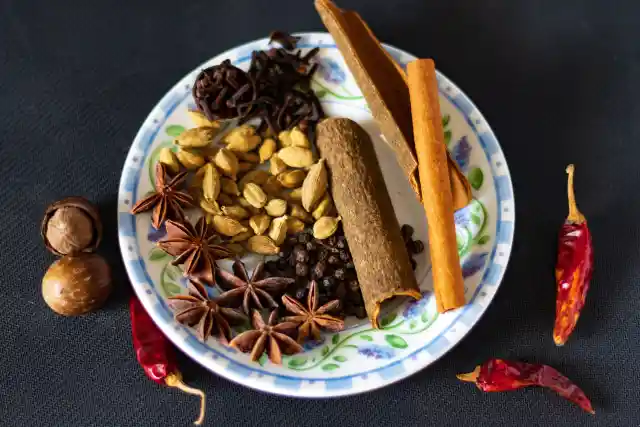
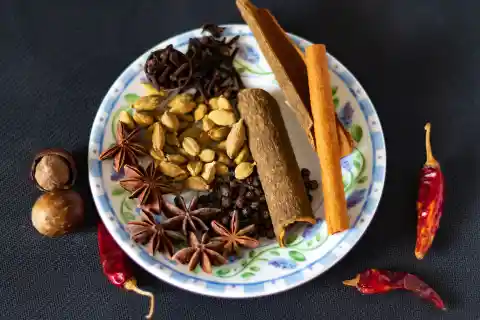
It is usually prepared with toasted ground spices such as black peppercorns, whole cloves, cinnamon stick, caraway seeds, grated nutmeg, mace, and green cardamom pods. This blend is typically used in Indian cooking, however the precise spices used might vary. It is commonly used in marinades, stews, and curries.
Berbere
Berbere is a spicy Ethiopian spice blend created from chile, garlic, cumin, ginger, coriander, cinnamon, nigella, fenugreek, and ajwain. This spice mixture can be used either dry and powdered or blended with oil to produce a paste.
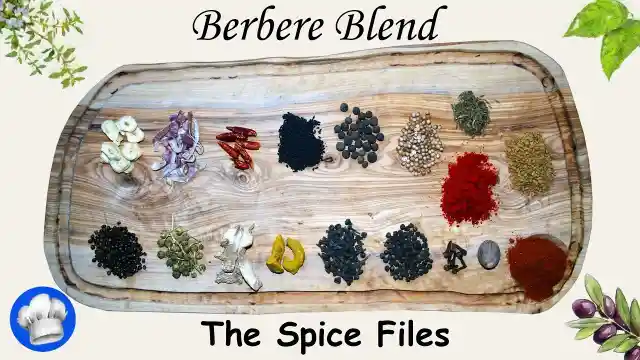

It is commonly used to add spice and depth of flavor to a variety of stews and meat meals. The possibilities are endless with this spice blend.
Five Spice
Five-spice powder, also known as Wu xiang fen, is a traditional spice mixture that originated in China. The five spices that make up the spice mixture are star anise, fennel seeds, cinnamon, cloves, and Sichuan peppercorns.

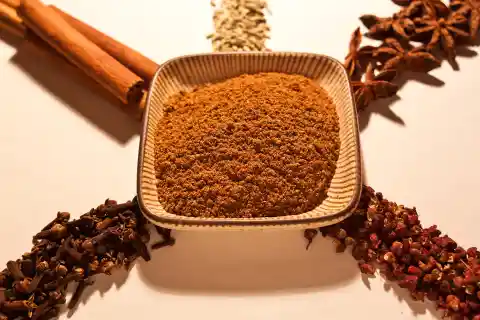
The number five is a reference to the blend's five tastes, which include sweet, salty, bitter, sour, and umami. The flavorful five-spice powder can be used in a variety of dishes, including marinades, stir-fries, soups, stews, fried-food breading seasoning, glazes, and dry rubs for meat and seafood.
Baharat
Bahrat, an Arabic word, literally translates as "spice." The Middle Eastern cuisine makes use of this flavorful spice mixture. Oddly enough, the Turks and the Greeks each have their own take on this well-liked mixture!
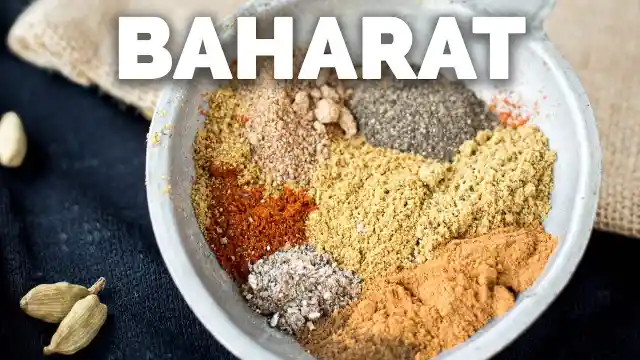
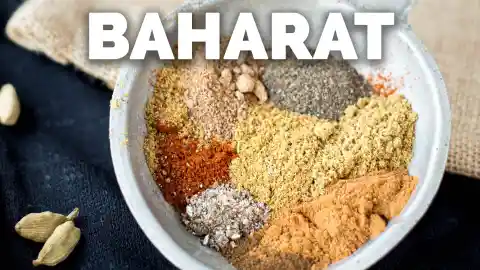
Since cinnamon, paprika, and black pepper are used in Baharat, it has a smokey, sweet, and spicy flavor. It's a terrific method to amplify the flavor and depth of a broad range of meals, including soups, stews, and cereals. As a marinade or dry rub, it is also used to season fish and meat.
Shichimi Togarashi
Shichimi togarashi, also known as the seven-spice powder, is a spice mixture that is frequently used in Japanese cooking to add a wonderful smoky-sweet heat to a range of foods, including grilled fish and a steaming bowl of soba noodles.
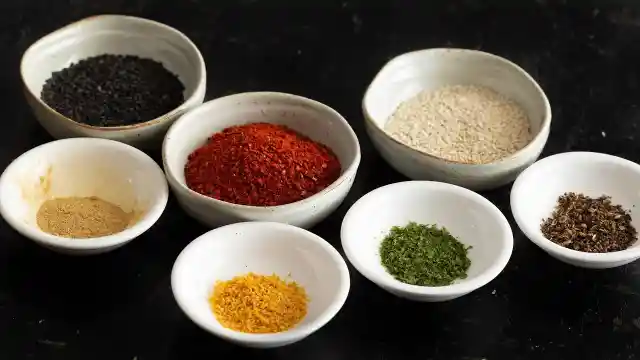
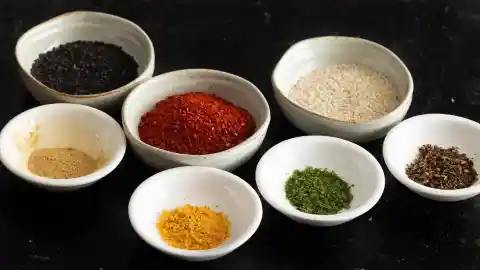
The traditional recipe calls for the following seven ingredients: nori seaweed, black or white sesame seeds, hemp seeds or hearts, ground ginger, sansho or Japanese pepper, roasted satsuma mandarin peel, and ground chili pepper.
Curry Powder
Curry is a general term for a wide variety of stews made with a wide variety of spices in India. Indians typically refer to their spice blends as masalas, and curry powder was actually created by the English in an effort to streamline the complex and diverse Indian stews.
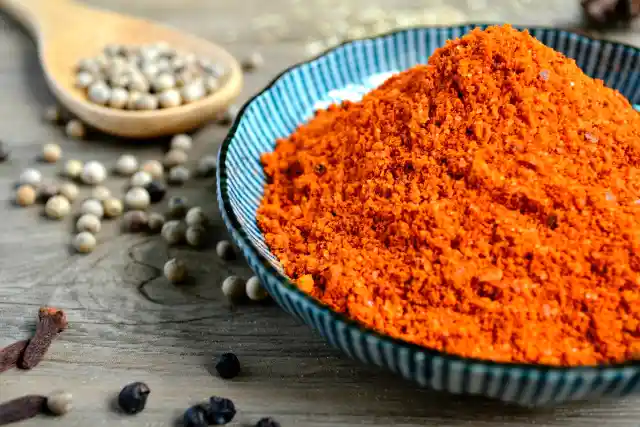

Curry mixes are often made using turmeric and coriander as their main ingredients, with the taste being enhanced by fenugreek, cumin, cardamom, ginger, mustard, cinnamon, nutmeg, cloves, black pepper, and chile. The mixture of sweet and savory spices gives the curry blend a distinctive flavor.
Jerk Seasoning
Jerk spice has a rich history in Jamaican cooking and is said to have come from the Maroons, a group of enslaved Africans who fled the plantations and resided in the country's hills.
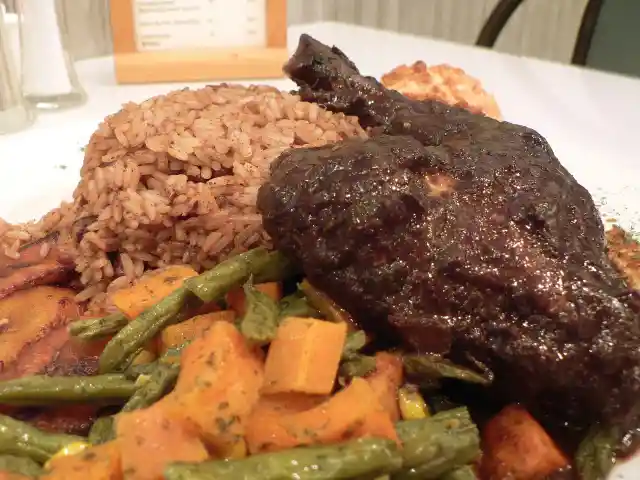
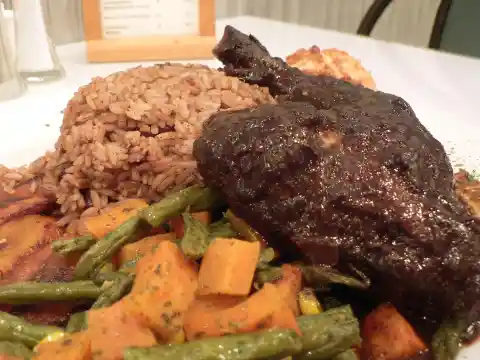
Scotch bonnet peppers, cayenne pepper, allspice, nutmeg, pimento, cinnamon, garlic powder, onion powder, and thyme are the usual ingredients in the mixture. It enhances the flavor of meats or give a lot of flavorful heat to meals like Chicken and Okra Gumbo.
Ras el Hanout
Ras el hanout, a different North African spice combination, translates to "the head of the shop." It is a treasured ingredient in Berberian cuisines. Typical ingredients include cardamom, cloves, ginger, coriander, mace, sweet and sour cumin, paprika, turmeric, nutmeg, and black pepper.
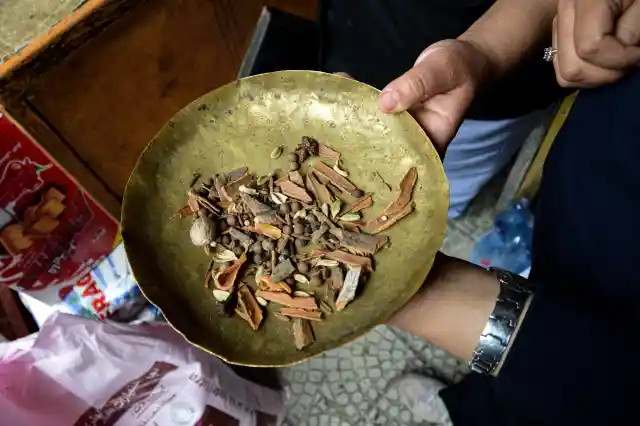
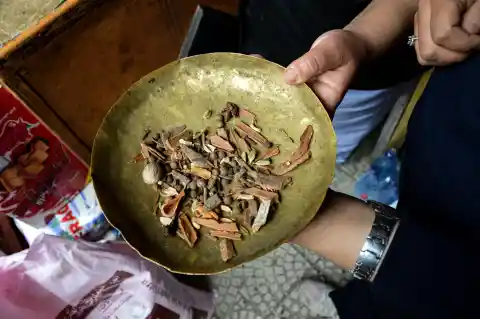
Other ingredients for ras el hanout include anise, dried rose petals, fennel seeds, galangal, sorbus, chufa, and guinea pepper. Ras el hanout pairs well with foods that feature meat, like the majority of other North African spice blends do. It's typically used to season chicken, lamb, or Iberian pig, as well as tagine meals.
Cajun Seasoning
Cajun cuisine is renowned for its mouthwatering, strong tastes. This blend includes smoked paprika, cayenne pepper, oregano, thyme, onion powder, salt, garlic powder, black and white pepper, and onion powder. Smoked paprika enhances the richness and, well, smoke factor.
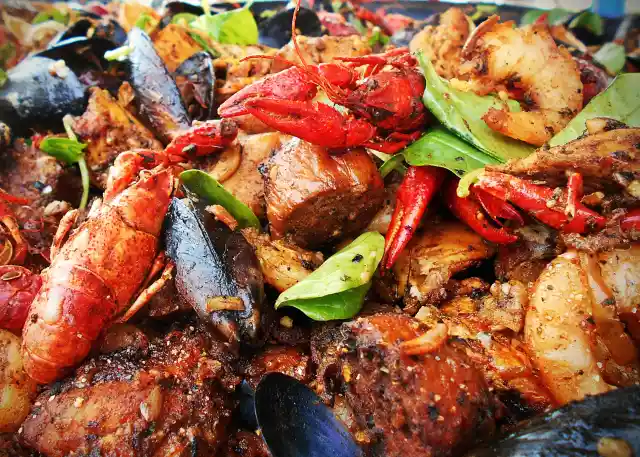
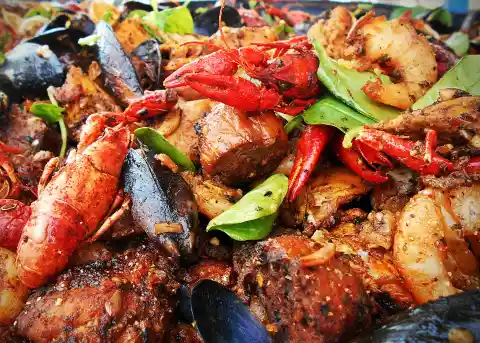
The little heat from cayenne pepper is felt in the back of the mouth. Almost anything may be seasoned with cajun spices, including slow-cooked barbeque, seafood, and vegetables.
Za'atar
Za'atar is a spice mixture that is widely used in the Middle East. It is usually created with dried thyme, oregano, sumac, sesame seeds, caraway, marjoram, and dill.
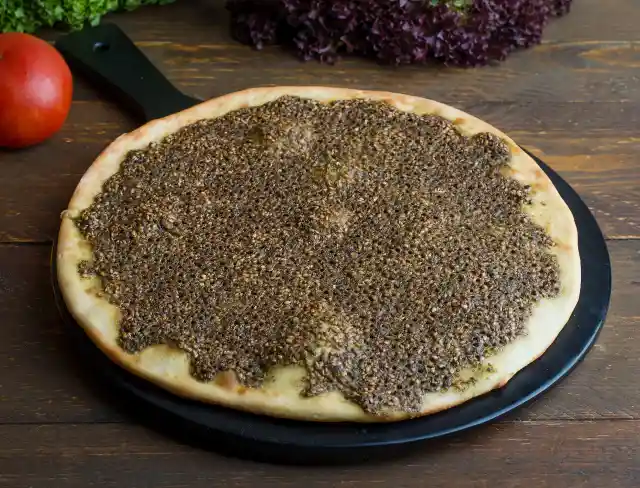
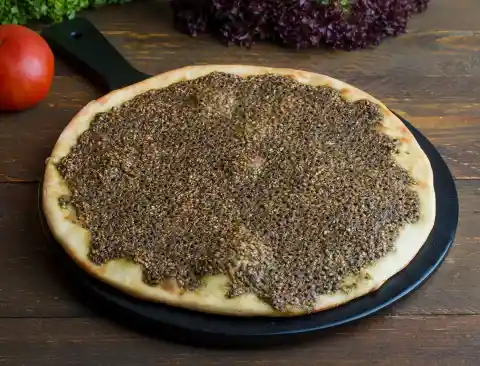
The blend of spices has an earthy, tangy, and nutty flavor that goes well with many different foods. It is a necessary garnish for Lachuch, a delicate and airy Yemenite flatbread. It is also adaptable enough to be used on veggies.
Old Bay Seasoning
This renowned seafood spice was created during the early twentieth century in the Chesapeake Bay region and is still widely used today. The spice comprises paprika, celery seed, bay leaf, pepper, cloves, cinnamon, nutmeg, and cardamom.
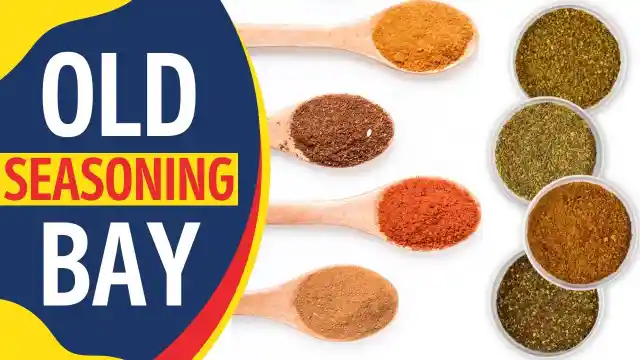
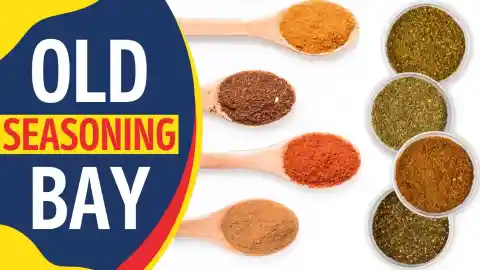
Many people use this flavor as an all-purpose seasoning blend to top eggs, french fries, popcorn, and other foods even though it is most commonly associated with seafood.
Duqqa
Duqqa is an Egyptian blend of herbs, toasted nuts, and spices such as cumin, sesame seeds, and coriander. The combination of these ingredients is ground into a coarse powder which can be used as a salad topping, a dip with olive oil and bread, or as a seasoning.
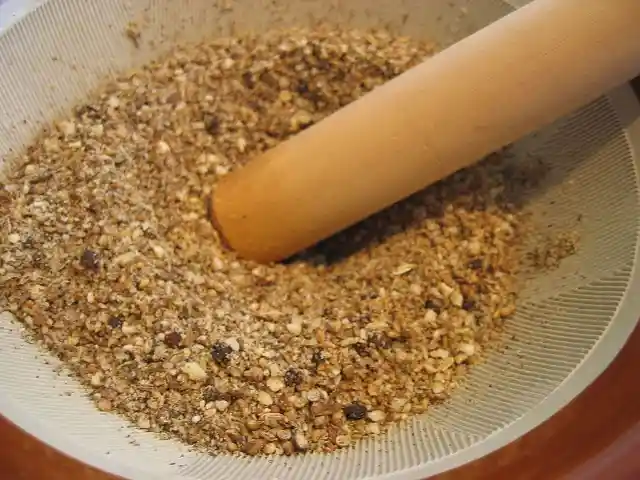
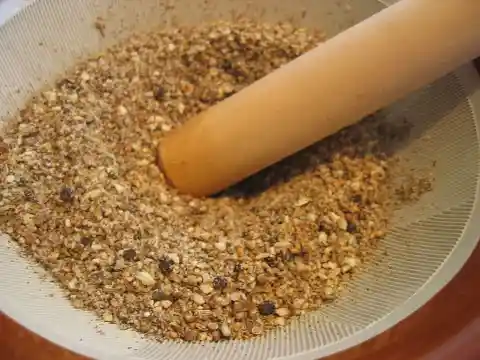
Duqqa originated as peasant food and people mostly consumed it as a seasoning for bread. Due to its high protein and fat content, it provided sustenance throughout the day.